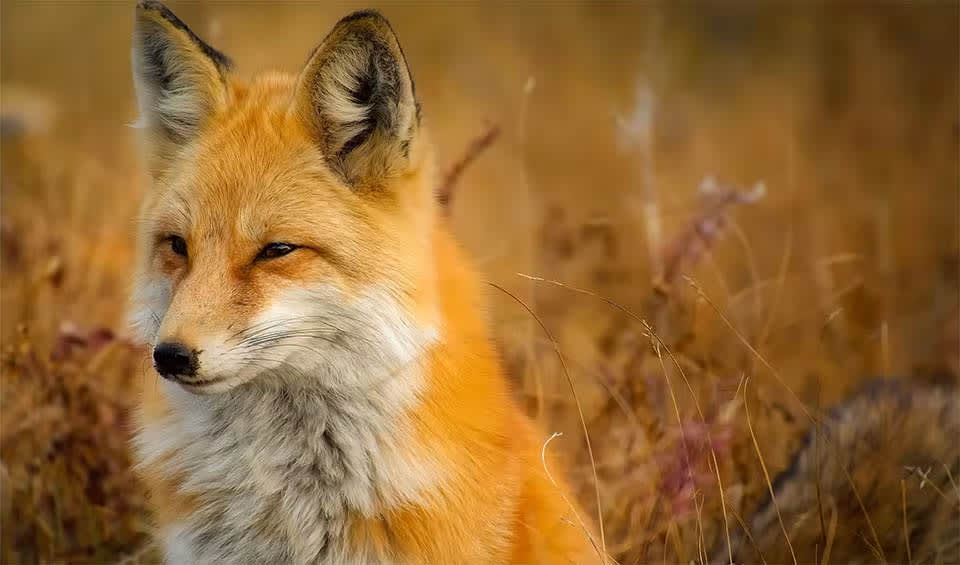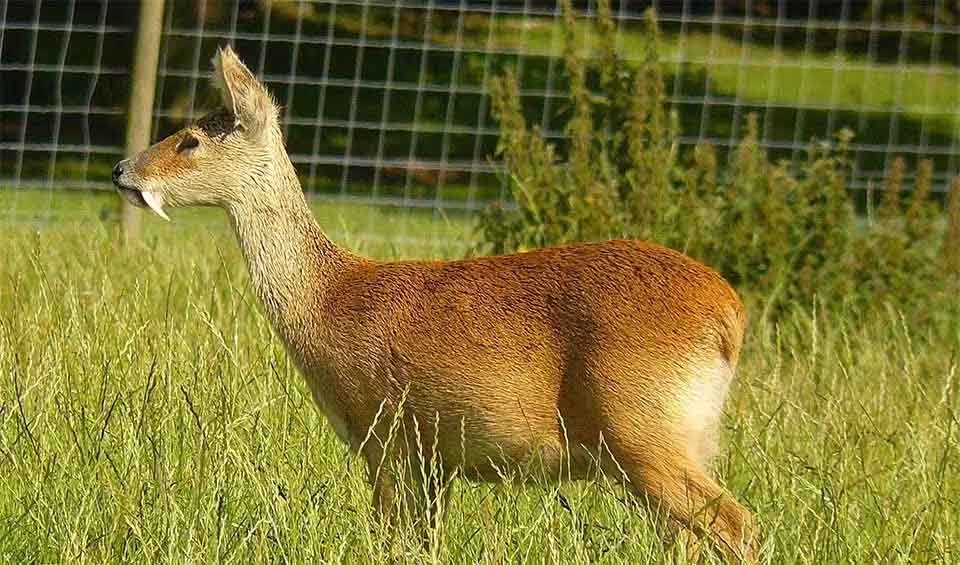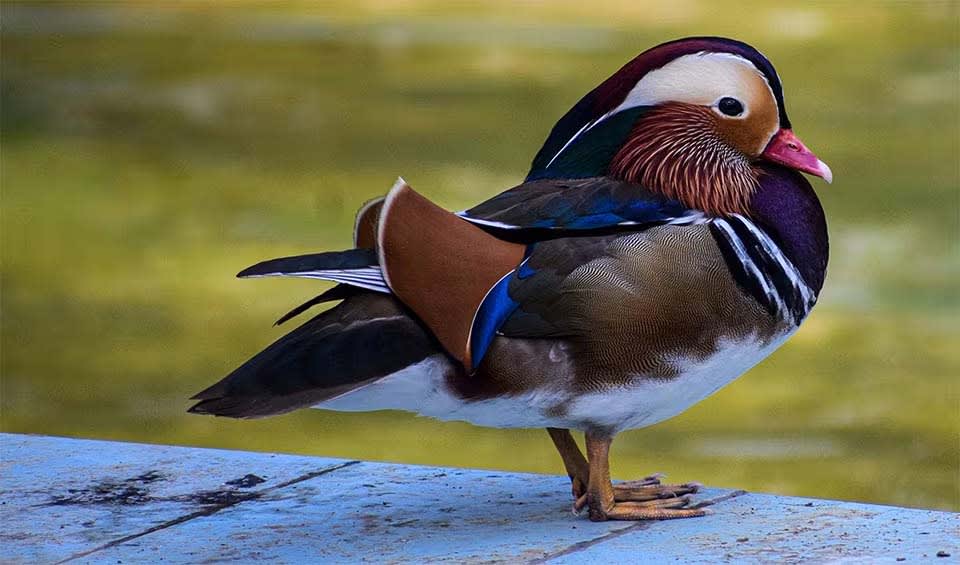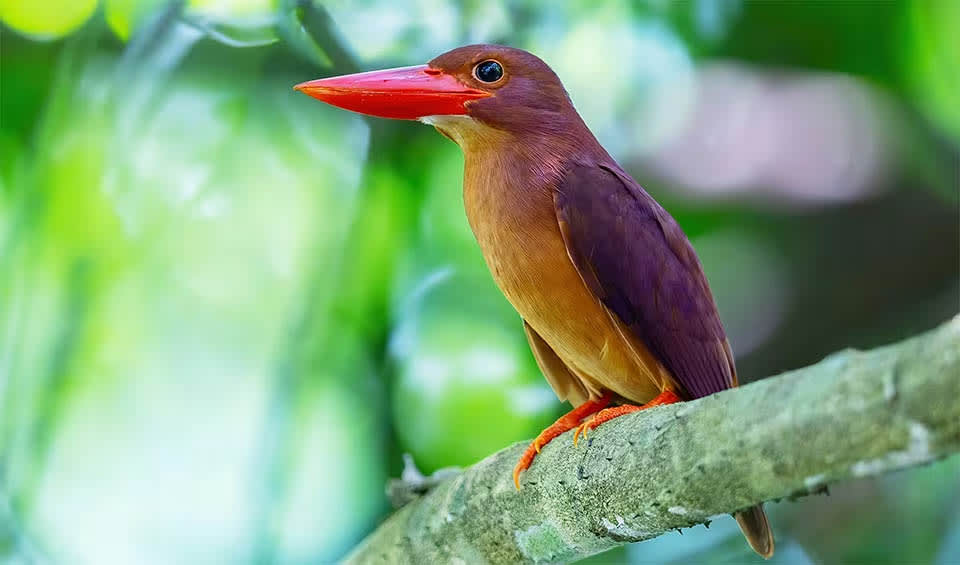South Korea, officially the Republic of Korea, is situated in East Asia, occupying the southern half of the Korean Peninsula. It borders North Korea to the north and is flanked by the Yellow Sea to the west, the East China Sea to the south, and the Sea of Japan to the east. Its topography is predominantly mountainous, with about 70% of the country covered by mountains. The Taebaek Mountains run along the eastern coast, and the Sobaek Mountains are located in the central region. The country also features coastal plains, especially in the western and southern regions, which are extensively used for agriculture.
The country experiences a temperate climate with four distinct seasons. Winters are generally cold and dry, while summers are hot and humid, with the monsoon season bringing most of the annual rainfall during the summer months. Spring and autumn are typically mild and pleasant, making them the best times to visit.
Four pillars elaborated:
South Korea has established a comprehensive system of protected areas, encompassing various designations like national parks, ecological conservation areas, and wetland reserves, covering about 16.4% of its territory as of 2013. Despite falling below the OECD (Organisation for Economic Co-operation and Development) average, efforts are ongoing to expand protected areas in the country. Additionally, South Korea boasts five national geoparks, 18 Ramsar-listed wetlands, and several UNESCO Biosphere Reserves, such as Seoraksan and Jejudo, which play vital roles in conserving the nation’s diverse ecosystems and rich biodiversity. Land Management
Land Management
The Korean Peninsula faces significant biodiversity threats, primarily driven by habitat loss due to rapid urbanization and industrialization, leading to a surge in endangered species. Efforts to mitigate this loss through afforestation and restoration have been insufficient, with substantial reductions observed in wetlands, farmland, and forested areas over the past two decades. Threats to Biodiversity
Threats to Biodiversity
Additionally, climate change and the introduction of alien species further endanger native flora and fauna, with over 2,000 alien species identified, some of which are invasive. Poaching and the disruption of natural predator-prey dynamics contribute to ecosystem imbalance, exacerbated by factors such as road expansion and illegal wildlife trade, posing serious challenges for biodiversity conservation efforts.
The South Korean government is actively promoting sustainable practices in agriculture, forestry, and fisheries, with initiatives like the creation of ‘sea forests’ to restore coastal ecosystems and the gradual reduction of the Total Allowable Catch to ensure sustainable fishery resources. Additionally, South Korea prioritizes the conservation of endangered species through the Act on Wildlife Protection and Management, which legally manages 246 endangered species. Restoration programs target around 40 endangered species, including the Asiatic Black Bear and Crested Ibis, aiming to bolster their populations through breeding and reintroduction efforts. Capacity and Governance
Capacity and Governance
Public awareness campaigns underscore the importance of species conservation, exemplified by initiatives like the restoration program for the Asiatic Black Bear, which involves collaborative efforts to establish sanctuaries and protected areas for habitat restoration and population recovery.
South Korea has undertaken diverse initiatives to conserve biodiversity, including expanding protected areas, restoring habitats for endangered species, integrating biodiversity into land-use planning, investing in research, enforcing wildlife protection laws, and promoting public awareness and education. These efforts align with the Aichi Biodiversity Targets, demonstrating the country’s commitment to safeguarding its unique flora and fauna for generations to come. Future Trends
Future Trends
Biodiversity
Diverse ecosystems, including mountains, forests, wetlands, and marine environments, characterize South Korea’s biodiversity. Iconic species such as the Korean black bear, Korean goral, and red-crowned crane are emblematic of its rich wildlife, with the Demilitarized Zone serving as an unintentional sanctuary for rare and endangered species.The country’s extensive coastline supports various marine life, including seals, dolphins, and diverse fish species, while coastal wetlands serve as crucial stopover sites for migratory birds. South Korea’s landscapes feature picturesque mountains, vibrant forests, and stunning floral displays, with national parks like Seoraksan and Jirisan showcasing its natural beauty.
In the table below are the number of known species in several main groups, how many of these species are Threatened with extinction, and how many of them are Endemic (unique to South Korea only):
| Species (World rank) |
Threatened | % Threatened | Endemic | % Endemic | |
|---|---|---|---|---|---|
| Mammals | 92 (#120) | 12 | 13.0% | ||
| Birds | 357 (#99) | 35 | 9.8% | ||
| Reptiles | 25 (#153) | 3 | 12.0% | ||
| Amphibians | 21 (#96) | 3 | 14.3% | 5 | 23.8% |
| Fishes | 1,108 (#37) | 75 | 6.8% | 23 | 2.1% |
| Plants | 2,993 (#119) | 31 | 1.0% | 9 | 0.3% |
mammals
Northern fur seal
Able to spend long periods out in the open sea, some pups will stay up to 22 months before returning to land
Red fox
Ladies and gentlemen, please welcome the world’s most widely distributed carnivore!
Water deer
Unlike most deer, it lacks antlers
birds
Sandhill crane
Known for their elaborate courtship dances, which involve leaping, bowing and trumpeting
Mandarin duck
Revered in many cultures for their beauty, grace, and symbolism of love and fidelity
Ruddy kingfisher
Notoriously difficult to spot due to their preference for dense, shadowy forest habitats
National Animals
Tiger
3,000 in the wild and 10,000 in captivity., tigers are being treated as Selfie props than wildlife











